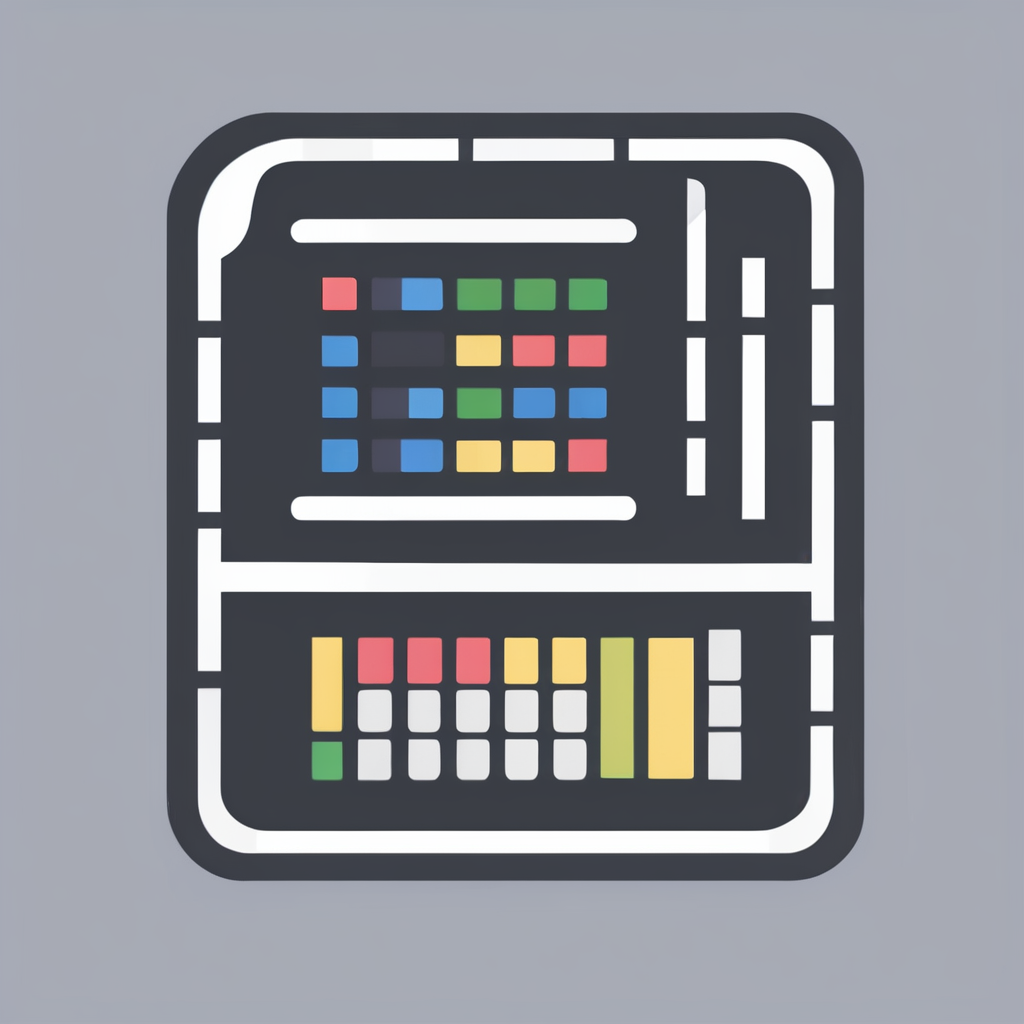Key changes in UK digital communication since smartphones
Understanding the digital shift
The smartphone adoption UK has profoundly transformed communication, replacing traditional channels with rich digital options. Since smartphones became widespread, reliance on SMS and voice calls sharply declined. Instead, instant messaging apps like WhatsApp, Facebook Messenger, and iMessage dominate daily interactions.
Have you seen this : What Makes Smartphones Such a Vital Tool in Modern Computing?
This messaging evolution reflects broader digital communication trends. Instant messaging offers real-time conversations with multimedia sharing, group chats, and read receipts—features absent in SMS. Consequently, people in the UK now favor these platforms for personal and social exchange, enhancing convenience and immediacy.
Professionally, communication has shifted too. Emails remain important, but collaborative apps such as Slack and Microsoft Teams integrate messaging with project management, creating dynamic workflows. This fusion of tools highlights how smartphones have expanded communication beyond basic chat to complex interaction layers.
Also read : How do smartphones contribute to the UK’s digital economy growth?
In summary, the smartphone adoption UK has led to a rapid rise in instant messaging, significantly reducing older communication methods. These changes influence how people engage in personal, social, and work contexts, illustrating an ongoing transformation in digital communication trends poised to evolve further.
Smartphone-driven trends in messaging and social media
Smartphone usage has fundamentally reshaped social media usage in the UK, driving a surge in mobile messaging apps like WhatsApp, Messenger, and Snapchat. These platforms dominate because they offer instant, convenient connections adapted to on-the-go lifestyles. People increasingly prefer messaging apps for both personal chats and group conversations, reflecting a shift from traditional texting to richer, multimedia communication.
Mobile-first social networks influence our digital behaviour by encouraging more frequent, brief interactions rather than one-off posts. Snapchat’s ephemeral content and Messenger’s integration with Facebook encourage continuous engagement, altering how users share moments and respond to friends. This has redefined communication habits, making speedy replies and multimedia sharing the norm.
Engagement varies significantly across platforms. WhatsApp boasts high participation due to its encryption and ubiquity, while Snapchat attracts younger users drawn to its playful filters and stories format. Messenger’s integration with Facebook groups and businesses creates a different dynamic, blending social chats with customer service. Understanding these nuances helps explain why mobile messaging apps are central to communication today, shaping how people connect and share in ways that traditional social media cannot replicate.
Impacts on Business Communication Practices
The rise of mobile work communication has transformed how businesses in the UK operate daily. Employees now expect real-time communication and responsiveness, fueled by the widespread adoption of tools like Teams, Slack, and Zoom. These platforms enhance remote collaboration by enabling instant messaging, video calls, and file sharing, which keeps teams aligned regardless of location.
In the realm of business messaging UK, the shift to mobile-centric workflows has elevated expectations for quick replies and constant availability. This trend is reshaping the way professionals prioritize messages and manage their responsiveness, often blurring traditional boundaries between work and personal life.
These evolving dynamics have significant implications on work/life balance. Employees find themselves increasingly accessible outside typical hours, which can boost productivity but also risk burnout. Organizations are challenged to establish clear communication protocols to support employee well-being while maintaining the agility that mobile and remote technologies provide.
Overall, the integration of mobile tools in business messaging fosters a connected, efficient workforce but calls for mindful policies to manage the always-on culture.
Societal behaviour changes and interpersonal relationships
The rise of digital etiquette has significantly reshaped social interaction UK, altering how people communicate in both public and private spheres. Face-to-face interactions now frequently coexist with digital communication, challenging traditional norms of conversation flow, eye contact, and listening skills. This shift demands new etiquette practices, such as agreeing on phone usage during social gatherings to maintain respect and attentiveness.
Within families, digital tools have transformed family communication, facilitating constant connectivity despite physical distances. However, this can sometimes dilute quality time, leading to distracted interactions or misunderstandings. The balance between embracing technology and preserving meaningful, present moments is crucial.
While increased digital connectivity allows broader and faster interaction, it also risks fostering social isolation. People may substitute screen time for direct engagements, diminishing the depth of real-life relationships. This paradox highlights the importance of consciously integrating digital etiquette into everyday life to promote healthy social dynamics and prevent loneliness. Understanding these behavioural changes helps individuals adapt and strengthen their interpersonal relationships effectively in a digitally connected society.
Diverse effects across age groups and digital inclusion
Age plays a crucial role in digital adoption, highlighting the generational digital divide evident in usage patterns and skills. In the UK, elderly smartphone use has grown but remains uneven, with many seniors facing challenges in navigating apps or online services. Their engagement often centers on basic functions like messaging and video calls, reflecting limited digital literacy compared to younger users.
Conversely, youth digital trends show a swift, intuitive adaptation to emerging platforms, multifaceted communication styles, and content creation. Young people frequently use social media, instant messaging, and multimedia sharing to maintain relationships and access information, illustrating a comfort level absent in many older adults.
Accessibility issues further compound digital exclusion. Seniors may lack access to affordable devices or reliable connectivity, while youths in low-income families can experience similar barriers. This divide underscores the importance of tailored education and support strategies to bridge gaps and foster inclusive digital participation across generations.
Understanding these contrasting behaviors informs efforts to develop technology that accommodates diverse needs while addressing barriers to access and skill acquisition.
Privacy, security, and data concerns
In the realm of digital privacy UK, increasing unease surrounds how personal data is collected, stored, and shared. The rapid growth of smartphone use intensifies worries about smartphone surveillance. Constant connectivity means that devices can track location, browsing habits, and even conversations, often without explicit user consent. This pervasive monitoring raises critical questions about who has access to data and how secure it truly is.
Risks related to data sharing are multifaceted. Many apps and platforms exchange information with third parties, sometimes leading to exposure or misuse. Users may unintentionally enable permissions that allow broad access, making personal information vulnerable to exploitation. As a result, public awareness is rising, with more vigilance regarding privacy settings and app permissions on smartphones.
Regulatory bodies have responded with frameworks aiming to enhance protections and increase transparency. For example, the UK’s evolving data protection laws aim to limit unwarranted surveillance and enforce stricter controls over data sharing practices. Nevertheless, challenges persist in balancing innovation with privacy rights, requiring ongoing attention to ensure users’ digital privacy UK is robustly defended against emerging threats.
Comparing pre- and post-smartphone communication landscapes
Exploring the traditional vs digital communication shift reveals profound changes in how people connect. Before smartphones emerged, communication primarily relied on landline calls, postal mail, and face-to-face interactions. Messages often took hours—or even days—to reach recipients. In the UK, this created a slower exchange, where patience was essential, and plans required advanced coordination.
With the advent of smartphones, the communication evolution UK accelerated drastically. Messaging apps, social media, and instant emails have transformed interactions into real-time conversations, offering unmatched speed and convenience. Today, people can reach multiple contacts simultaneously from anywhere, breaking geographical and time constraints.
Statistics demonstrate this shift: between 2007 and 2020, smartphone ownership in the UK rose from under 10% to over 80%, directly influencing communication habits. For instance, texting frequency surpassed voice calls by a wide margin, emphasizing preference for fast, discreet exchanges.
The technology impact extends beyond speed—it has diversified communication modes, integrating video, audio, and rich multimedia formats. Modern users enjoy unparalleled control over when, how, and what they communicate. This evolution marks a significant leap from the more rigid, slower methods of traditional communication, creating a highly connected society.
Future outlook and anticipated trends in UK digital communication
Looking ahead, the future of communication in the UK is poised to be shaped by the rise of next-gen smartphones and emerging digital trends. As 5G networks expand, we can expect faster, more reliable connections, enabling seamless integration of augmented reality (AR) and virtual reality (VR) in everyday communication. These technologies will likely fuel new platforms that go beyond traditional messaging and calls, fostering immersive social experiences.
Regulatory bodies will need to adapt to these innovations by balancing user privacy with the benefits of connected devices. Potential regulations might address data security, misinformation, and platform accountability, reflecting growing societal concerns.
Consumers, meanwhile, are becoming increasingly discerning, expecting more intuitive interfaces, enhanced privacy controls, and personalized communication experiences. The demand for smart ecosystems where devices interact fluidly will guide manufacturers and developers toward novel solutions.
In summary, the UK’s digital communication landscape is evolving rapidly, driven by technological advances and shifting consumer expectations, with regulatory frameworks following closely behind to create a secure, efficient, and user-friendly environment.










